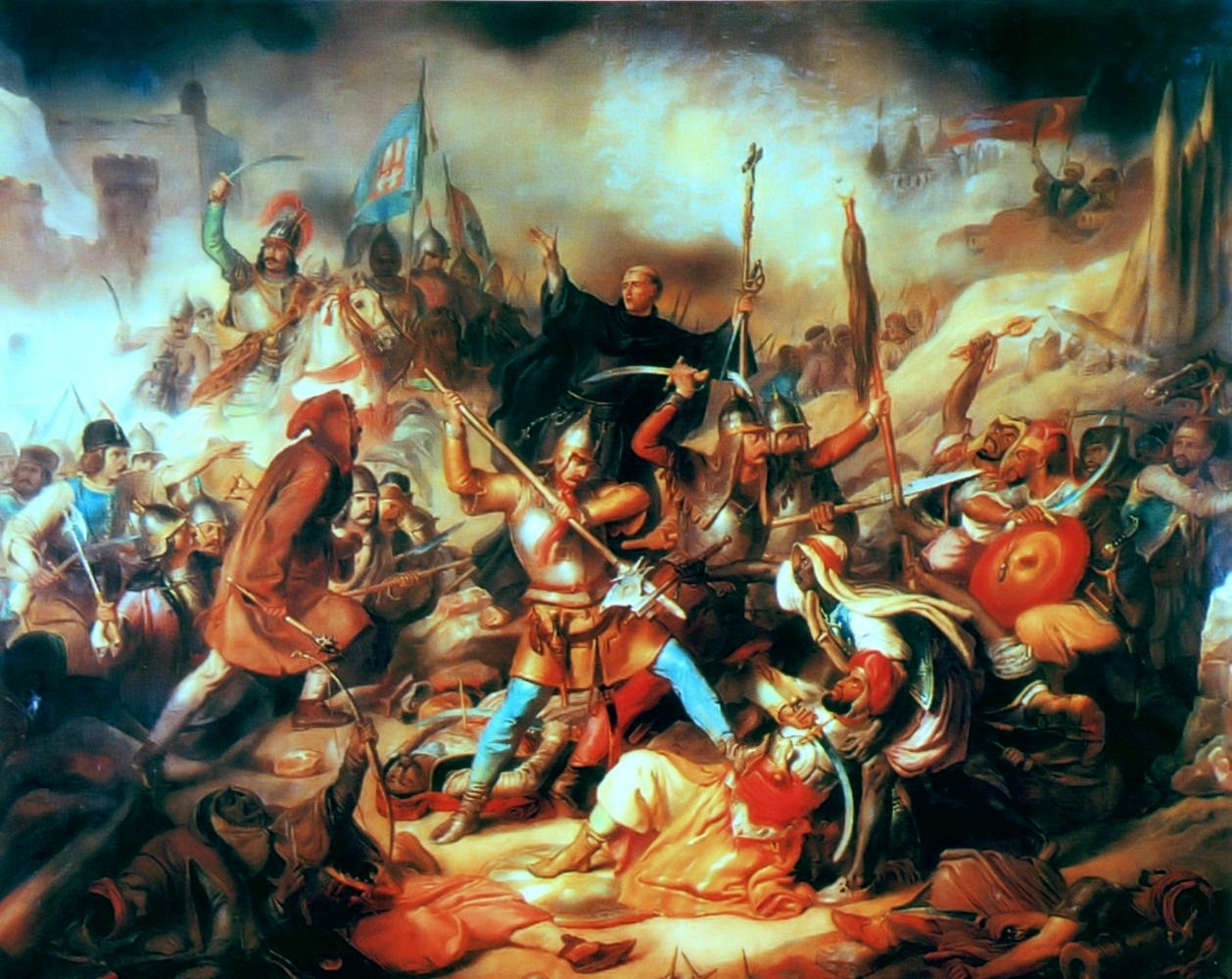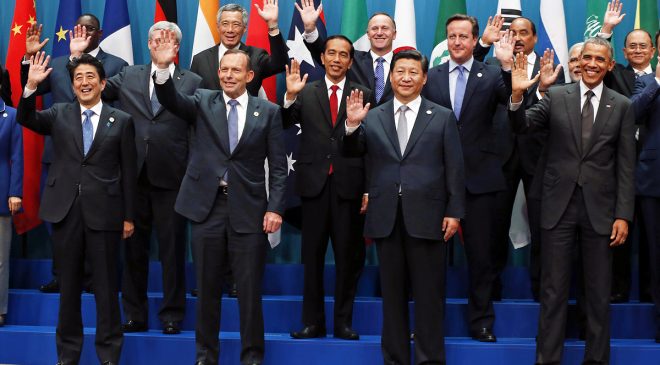Written by Vincent Andrew Drausinus McCoige.
William Cavanaugh’s The Myth of Religious Violence sets out to deflate the titular myth, that religion is a uniquely violent social force, both throughout history and across cultures. In doing so, he manages to critique the modern secular liberal concept of religion as a definable sociological category, and gestures towards a more holistic mode of analyzing the origins of violence in society. However, Cavanaugh repeatedly stops short of following through to the implications he suggests. This can be considered as either a credit or a fault, though it would be certainly more satisfying to at least a philosophical view if Cavanaugh were to present bolder arguments.
His reason for attacking this myth is the danger he sees in using it to analyze contemporary social relations. In condemning violence we term “religious”, one is tempted to ignore or even legitimate violence we term “secular”. He also points to the myth’s use to justify secular violence against those deemed inappropriately religious: “It is dangerous because it helps to marginalize, and even legitimate violence against, those forms of life that are labeled religious. What gets labeled religious and what does not is therefore of crucial importance.”1 This distinction of religious versus secular labels, he argues, is untenable.
The overall structure of Cavanaugh’s book is to first show the anatomy of the “myth of religious violence” based upon the arguments of nine different contemporary authors, primarily in the social sciences. They argue that religion is a unique source of violence due to its absolutism, divisiveness, and irrationality. In order to argue against this thesis, Cavanaugh points out that in order for one to prove that religion is more violent than the secular aspects of social life, one must first have some coherent, trans-cultural and trans-historical essence of religion. His next section seeks to prove this to be an impossible task, by showing by historical and anthropological evidence that there is no such universal essence to religion, demonstrating that the concept of religion that we employ which opposes “the secular” is a uniquely post-Enlightenment Western liberal concept, with no bearing on other cultures, or even on the premodern West.
Cavanaugh then presents a genealogy of the myth in two parts, by first showing how we came to this modernist concept of religion, then pointing to the so-called Wars of Religion as a “creation myth” for the modern secular state. This section relies heavily upon the earlier demonstration that a trans-historical and trans-cultural essence of religion is untenable. Without the earlier argument, this section would devolve into a sort of genetic fallacy, as it could just as well function as a study in the history of ideas as it could as a deconstructive genealogy. By showing first that the novel concept of religion is untenable, the narrative explanation Cavanaugh gives serves to show how and why the myth is persistent if it is as obviously false as he claims. This leads to his final section, where Cavanaugh points to the modern Western liberal use of the myth, both in domestic and foreign policy, by marginalizing those who fail to sufficiently separate the religious from the secular, both within and without the West.
The strongest aspect of Cavanaugh’s argument is his demonstration of the lack of a universal essence of religion. Drawing upon Durkheim’s functionalist method of defining religion and the critical school of religious studies, he shows that an essentialist definition of religion cannot include Tharaveda Buddhism and Confusionism, while excluding communism and secularism. Most importantly, he shows that the ancient and medieval concepts of religion in the West do not align with the modern secular concept, nor do non-Western theopolitical concepts. For instance, he points to the ancient notion of religion as a practical social relationship rather than a matter of doctrine: “For Augustine, the right ordering of social relations must include worship of the true God; this is true religio. But religio as a general category is found in all manner of social relations, both rightly and wrongly ordered. For Augustine and the ancient world, religio is not a distinct realm of activity separate from a secular realm.”2 Religio in the ancient world involves a vast array of rightly-ordered social relationships, including ordering to God. There is no notion of the religious as a private matter of personal belief, separable from “secular” or civic concerns. Due to this lack of conceptual distinction, which Cavanaugh also traces through the medieval West, as well as other cultures in the more modern world, applying the modern concepts of the religious and the secular cannot be used to make sense of the socio-theo-politics of any society but the modern secular West.3
Perhaps the weakest part of Cavanaugh’s argument, or perhaps only the most frustrating to this reviewer, is his tendency to hold back from strong or controversial conclusions. For the largest example, his entire project is deconstructive, deflating this particularly false and dangerous myth, through a common method in use by a major school within religious studies. He stops short of even speculating as to a positive construction of a theopolitical framework to replace the secular paradigm supported by this myth. The closest Cavanaugh comes to a positive solution is his hope to more accurately analyze violence within society: “We must restore the full and complete picture of violence in our world, to level the playing field so that violence of all kinds is subject to the same scrutiny.”4 In doing so, he hopes that we will cease to marginalize and excuse violence against those who do not conform to the modern secular paradigm, and especially to recognize secular violence as just as much in need of legitimation as what we term “religious” violence. It seems at this point near his conclusion that he is poised to propose an alternative, perhaps a reunification of the social division between the secular and the religious, or perhaps even something as simple as an explanation of the causes of social violence.5 In another instance he seems to come daringly close to implicating Protestant Christianity in the formation of the secular paradigm, especially in his discussion of Locke’s norms for religious toleration among all but Catholics.6 In fact, the descriptions he draws upon of the modern secular definition of religion are strikingly Protestant in formulation, with religion being most importantly “an interior and universal impulse…a system of doctrines, intellectual propositions that could be either true or false,”7 echoing the Protestant emphasis on faith over religious practice in the more classical sense. Of course, much to my disappointment, Cavanaugh makes no such connection explicitly, instead staying within the historical and sociological realm of what is strictly provable, avoiding anything speculative or overly controversial.
Overall, Cavanaugh does an exemplary job deflating a terribly common myth that religion is inherently violent, and an almost entirely pervasive understanding of religion as conceptually separable from secular politics. As much as I may wish he had gone further into the speculative, the work he does is immaculately detailed and nearly unassailable, essential reading in this reviewer’s opinion for anyone interested in having an intelligent discussion of the place of religion in modern politics.
Full Citation:
William T. Cavanaugh, The Myth of Religious Violence: Secular Ideology and the Roots of Modern Conflict, 1 edition (Oxford ; New York: Oxford University Press, 2009). The book is available on Amazon.
- Cavanaugh, 6
- Cavanaugh, 64
- I should like to note here as well that there are subcultures within the modern secular West which do not make this distinction between the religious and the secular to the normative standards of the culture at large. These subcultures, such as the Catholic Church with its theopolitical vision, or the Menonites with their isolation from the modern secular world, both of which Cavanaugh mentions in his last section, suffer marginalization due to their failure to conform to modern secularism, by means of the titular myth.
- Cavanaugh, 230
- Oppenheimer’s distinction found in The State (1908) between the “political” means and the “economic” means could be a useful distinction to apply here, if Cavanaugh is familiar with it.
- Cavanaugh, 82-83
- Cavanaugh, 72




